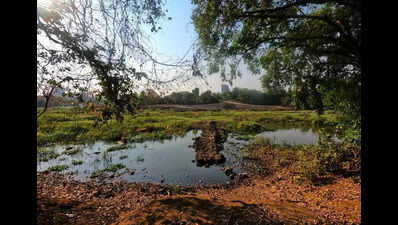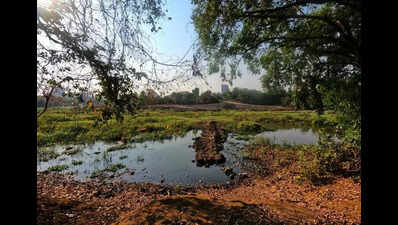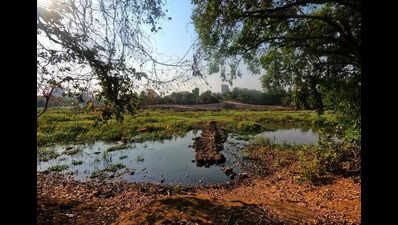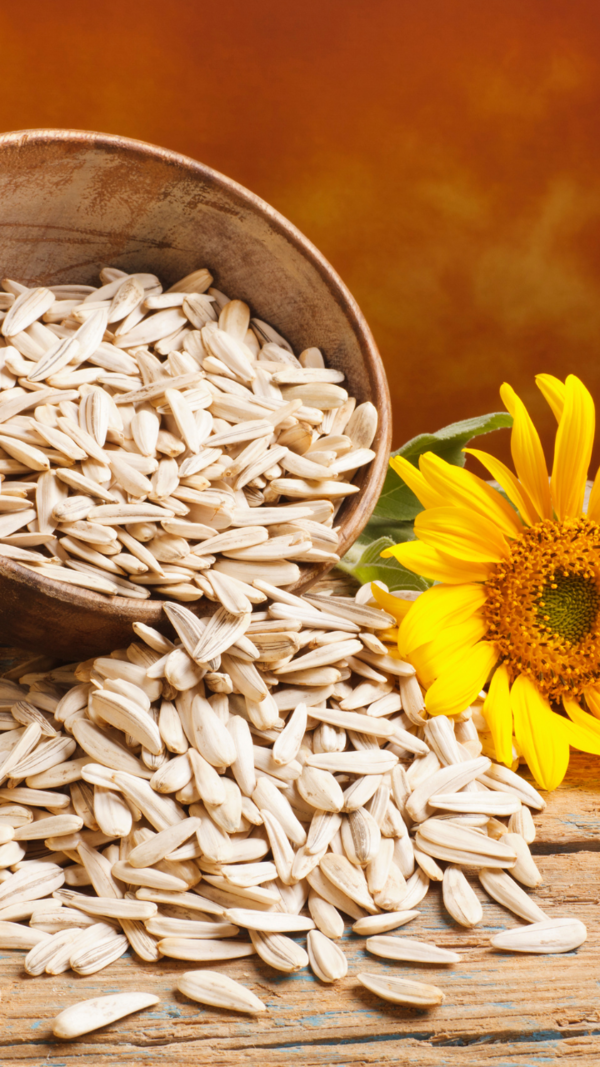Trending
Green Haven Under Threat, Push To Save Devrai Grows
As urbanization encroaches on Pune's dwindling green spaces, a dedicated group of citizens is fighting to preserve what they believe to be the city's last devrai – a sacred grove located at the confluence of the Ramnadi and Mula rivers in Aundh.
The Friends of Devrai, a collective of nature enthusiasts, has launched a campaign to save the grove through awareness walks, conservation drives and community engagement. The group's journey began in 2017 when Shubha Kulkarni and her husband discovered the area, then littered with plastic waste. Partnering with NGO Jeevitnadi's local environment initiative, they pledged to dedicate an hour a week to clean up the space, which evolved into a larger movement over time.
Mapping Biodiversity & raising awareness
As the group delved deeper into the devrai, they discovered its remarkable ecological richness. This prompted them to undertake seasonal mappings of the diverse plant and animal species, fostering a deeper understanding of the grove's biodiversity and emphasizing the urgent need for its preservation.
Their standout initiative, a curated nature walk, has attracted over 5,000 participants since 2019. "The confluence of two rivers is always considered sacred. Geographically, one river deposits sediments into the other, enriching the ecosystem. But human interference has disrupted this balance," she added.
Fight Against Encroachment
During the Covid-19 lockdown in 2020, members of the collective noticed sand mining in the confluence area. "We immediately approached the police, an FIR was registered and we also complained to the tehsildar, but nothing changed," Jeevitnadi's founder Shailaja Deshpande said.
Frustrated, they escalated the issue to the National Green Tribunal (NGT) in Delhi, which took suo motu cognizance and issued a notice to the Pune Municipal Corporation (PMC), demanding an explanation. When summoned to court, the group made its stance clear: "We don't want compensation. We want the land restored to its original state."
Their persistence paid off with the removal of thousands of truckloads of debris in 2023-24. "Builders dump debris illegally because the designated dumping site in Wagholi is too costly to transport to," Deshpande said.
But the larger battle was far from over. In Jan 2025, work began on the Riverfront Development (RFD) project on the Wakad-Sangvi stretch. "On the PCMC side, debris dumping completely wiped out native plants that naturally purified the water," Kulkarni said.
When they sought construction plans and tree surveys from civic officials, they hit a wall. "Officials claimed they didn't do a tree survey. They had also gone ahead and buried trees under dumped soil while building embankments. This caused the disappearance of a rare walunj (willow) tree, which requires both male and female trees for pollination," she said.
A month later, PMC marked trees for a survey, but Kulkarni remained skeptical. "The process is flawed. Trees are supposed to be numbered, documented and then decided upon, but many are lost or buried under dumped soil, unaccounted for," she added.
Kulkarni, highlighting flaws in the RFD plan, said, "Riparian ecosystems can't be recreated elsewhere. These trees thrive exclusively on riverbanks."
Chipko-like protest and resistance
In Feb 2025, the group organized a Chipko-style protest, physically standing in front of trees to prevent them from being felled. The protest garnered media attention and forced the authorities into negotiations. "We made it clear that protecting this stretch is non-negotiable and must be saved," Deshpande said.
"The century-old trees, adorned with ancient lianas and woody vines, bear testament to the devrai's rich history and diverse ecosystems," Kulkarni explained. "For generations, this sacred site has been a place of worship for shepherds and fisherfolk, weaving a deep cultural significance into its natural beauty," she said.
What's at Stake
Beyond its cultural and spiritual significance, the devrai is an ecological treasure. "We've documented Karanj (Pongamia pinnata), Smith Pentaphylla, Lianas and key butterfly host plants," Kulkarni said.
Trees like ficus are essential for birds and insects, supporting a delicate biodiversity web, she added. "The devrai isn't officially a forest since it includes private land, much of which has been sold to builders. Once RFD is complete, construction will follow, it's all part of the nexus," said. The area also faces threats from people indulging in illegal drinking and gambling, with many leaving behind liquor bottles and food waste. "They even burn patches of land, sometimes setting large fires," she said.
Ignoring Ecology for a ‘Recreational Zone'
Nature enthusiast Nitin Das said in any developed country, a space like this would be a protected heritage zone.
"The RFD's environment clearance lists it as an area development project, not a river conservation effort. They're [civic bodies] building food plazas and promenades. It's an entertainment hub, not riverfront development," he asserted.
To make matters worse, the administration is merging this with a Japan-funded STP project. "They promised 8-9 STPs. We told them to build those first. But now they're clubbing both projects and calling it river rejuvenation," Deshpande said.
___________________
Saving this devrai and the space around it is not just about saving trees. It's about preserving an entire ecosystem, a piece of our cultural heritage and a space that connects us to nature. We are committed to the cause — Sanjeev Naik | Volunteer, Jeevitnadi
___________________
In an effort to map the biodiversity in and around the Mula river, a team of volunteers with at least two experts have been visiting the riverbank every Saturday since Dec 2024. The goal is to record the number of trees present and get an understanding of biodiversity in and around the rivers, while also creating a database. We must know what we are protecting. The activity is also a great way to learn more about the space and introduce it to more people — Amitraj | Volunteer, Pune River Revival
___________________
Negotiations with authorities, public hearings and filing petitions to get stay orders is something we will continue to do. If we lose this riparian space, we lose history, identity and the right to coexist with nature in our own city — Arati Mhaskar | Volunteer, Jeevitnadi
End of Article
FOLLOW US ON SOCIAL MEDIA










